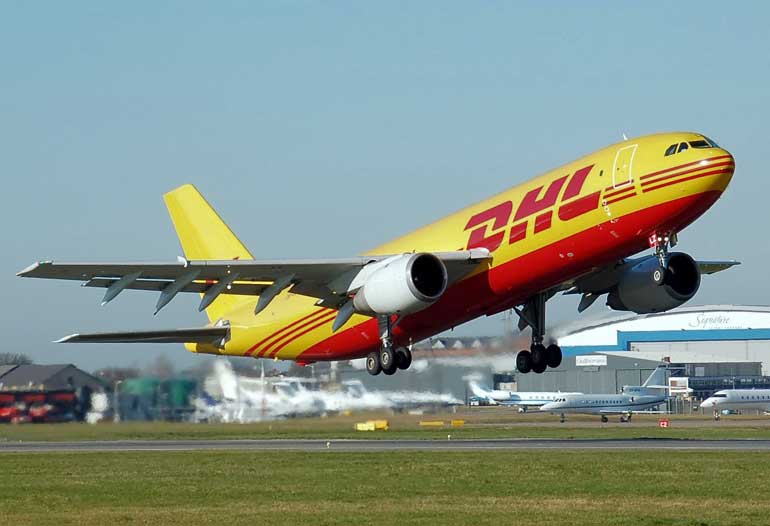Saturday Jan 11, 2025
Saturday Jan 11, 2025
Monday, 14 September 2015 00:00 - - {{hitsCtrl.values.hits}}

DHL Express, the world’s leading cross-border express services provider, has improved its carbon efficiency year-on-year in Asia Pacific despite a growth in volume of about 10%. In 2014, CO2 efficiency improvement over 2013 registered 12% across Asia Pacific with outstanding performance from Malaysia which registered a 21% improvement, India at 15% and Taiwan at 14%.
To date, Deutsche Post DHL Group, the parent company of DHL, has achieved a 23% improvement in its carbon efficiency against its 2007 baseline. This marks a continuous improvement in the area of carbon efficiency and yet another big step towards achieving the Group’s goal of improving the carbon efficiency of its operations (and that of its transportation subcontractors) by 30% by the year 2020 as compared to 2007.
With its GOGREEN service, which was developed as part of its GoGreen program focusing on environmental protection, DHL sent about 2.12 billion climate-neutral shipments in 2014 which led to the offset of 248,570 tons of CO2 through contributions to climate protection projects.
Jerry Hsu, CEO, DHL Express Asia Pacific, said: “Our GoGreen program is deeply integrated into our business’ overarching corporate strategy to achieve a 30% CO2 efficiency improvement by 2020, compared to 2007. We are pleased to have achieved continued carbon efficiency improvements in Asia Pacific for six consecutive years through the development and introduction of innovative solutions. The 12% CO2 efficiency improvement in 2014 was a result of our GoGreen initiatives such as deploying our ‘green’ fleets in the region, installing more energy efficient lighting systems in our facility, and increasing the use of renewable energy where it is available, among others, to further improve the carbon efficiency of our ground operations.”
“As the global leader in logistics, we are well on our way in our efforts to reach this target. We remain committed to our GoGreen program and will continue to make a significant difference to the planet and to our customers by upholding our responsibility to the environment,” he added.
In Asia Pacific, modernising transport fleets to employ new vehicles with cleaner technology and better fuel efficiency continues to yield CO2 efficiency success particularly in mainland China, Hong Kong, Japan, Malaysia and Taiwan. In Japan, DHL Express introduced a ‘green’ fleet of electric commercial vehicles in Tokyo’s Marunouchi district for pickup and delivery services as part of its GoGreen environmental program, while mainland China, Malaysia, Hong Kong,
Thailand and India expanded and upgraded its fleet of trucks, vans and scooters which operate on cleaner technology, alternative fuel and more energy efficient units such as Compressed Natural Gas/Liquefied Petroleum Gas, hybrid and electric powered variants.
2014 marked an exemplary year with DHL Express Taiwan testing the ‘Zero-emission transport system’, a fleet of electric scooters which are charged via a solar charging station, a one-of-its-kind innovation in the logistics industry – unlike electric scooters which are charged with conventional grid power which emits CO2. The station needs no connection to local utilities, drawing its entire power needs from its own array of solar panels.
Other top performers with notable CO2 efficiency improvement in Asia Pacific are Australia (13%), Thailand (13%), and mainland China (13%).
DHL Express Asia Pacific started the assessment of its carbon footprint from energy consumption in real estate and ground transport to measure and improve carbon efficiency through abatement programs. This program was first introduced by DHL Express in 2008 and now covers over 1,000 facilities in over 30 markets across Asia Pacific.